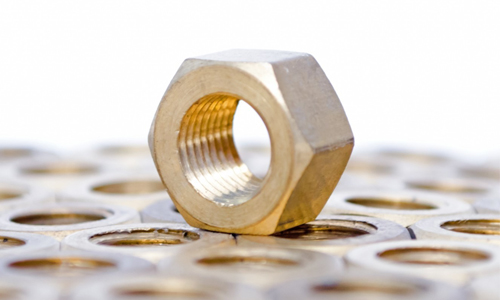
Cixi Jiaheng Hardware Machinery Co., Ltd. is an enterprise specializing in the production of auto parts. Its predecessor was "Cixi Jiazawa Hardware Parts Factory", and its name was changed to: "Cixi Jiaheng Hardware Machinery Co., Ltd." in 2003.
More >
Exhaust manifold
Drain switch
Joint series
Screw/Plug/Bolt/Nut
Flange series
Take over series
Plate series

Specializing in the production of automotive diesel engine parts, mechanical equipment parts, fasteners, seals, instrument accessories, brackets, exhaust pipes, etc. Now it is mainly supporting FAW Jiefang Company and Wuxi Diesel Engine Factory. The products include pressure regulating valve series, valve spring seat series, valve push rod series, drain switch series, warm air switch series, etc.
More >

Cixi Jiaheng Hardware Machinery Co., Ltd. is an enterprise specializing in the production of auto parts. Its predecessor was "Cixi Jiazawa Hardware Parts Factory", and its name was changed to: "Cixi Jiaheng Hardware Machinery Co., Ltd." in 2003.
More >

Has more than 170 outstanding employees, including more than 20 management personnel and more than 10 technical personnel. From 2003 to the present, after more than 10 years of continuous hard work and hard work, the company now has domestic first-class production equipment and testing equipment.
More >

Address:Fuhai Industrial Development Zone, Cixi City, Ningbo City, Zhejiang Province
Telephone:0574-63569276
Phone:0138-0582-1819
E-mail:web@jh-wujin.com
